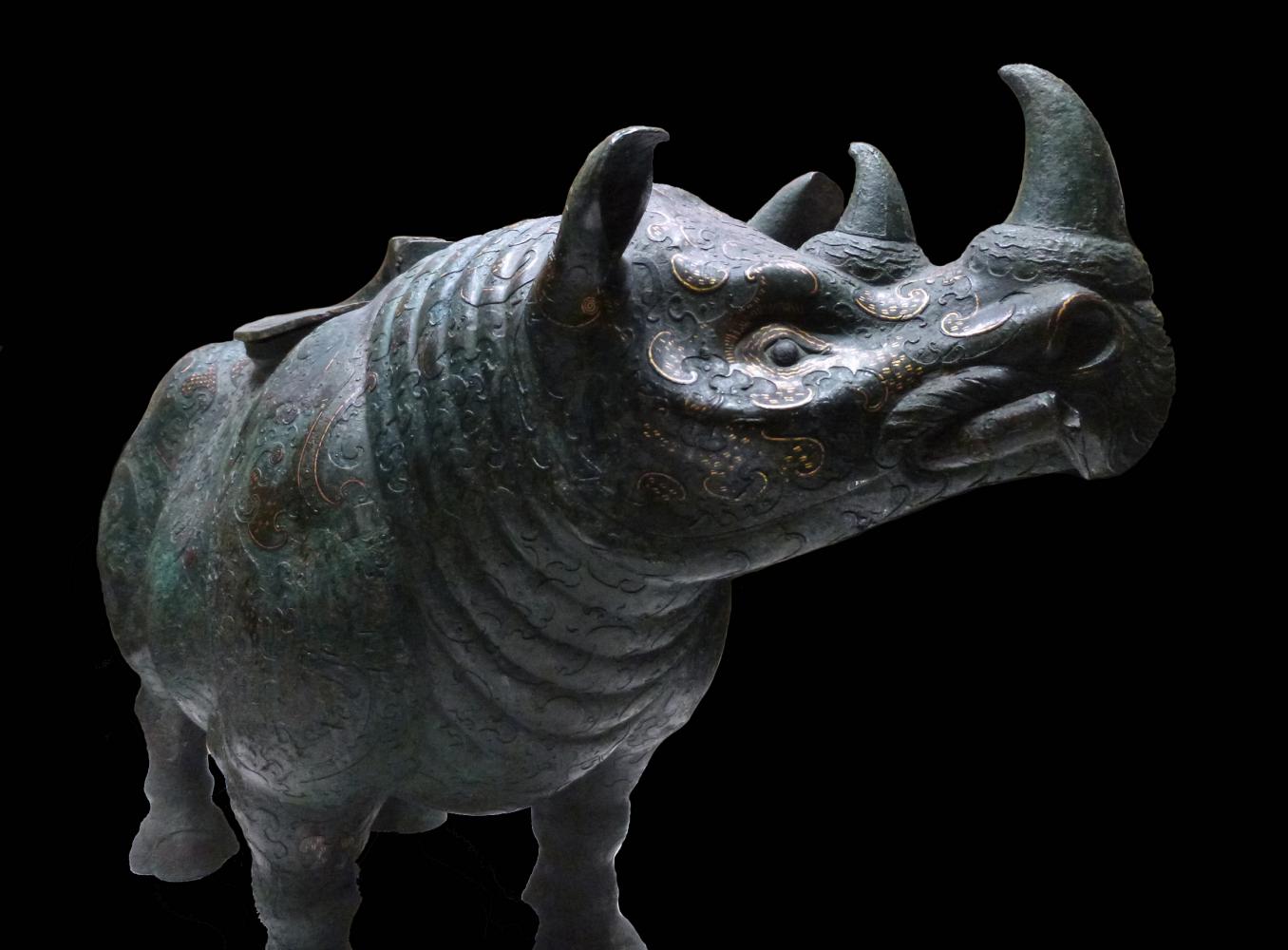 Lander and colleague Katherine Brunson have utilized zooarchaeology, texts and artifacts to determine that, far from being destined to a tropical habitat, the Sumatran rhinoceros was instead confined to equatorial latitudes by human action.
Lander and colleague Katherine Brunson have utilized zooarchaeology, texts and artifacts to determine that, far from being destined to a tropical habitat, the Sumatran rhinoceros was instead confined to equatorial latitudes by human action.
"The small populations remaining in Southeast Asia are the only ones that have survived as the rest of the species has been destroyed by the expansion of agricultural societies," explains Lander, "which have replaced forests with farmland."
Furthermore, hunters have decimated the rhino's population due to high demand for its horn in East Asian markets.
According to the paper, published March 19, these animals are "the only extant hairy rhinoceros, which presumably protected them from cold, and are the most closely related of all living rhinoceroses to the extinct cold-adapted woolly rhinoceros."
For more about the work, read Lander and Brunson's article, The Sumatran rhinoceros was extirpated from mainland East Asia by hunting and habitat loss.